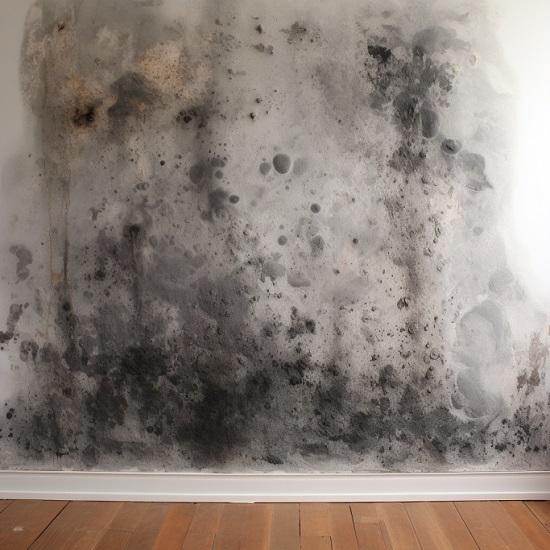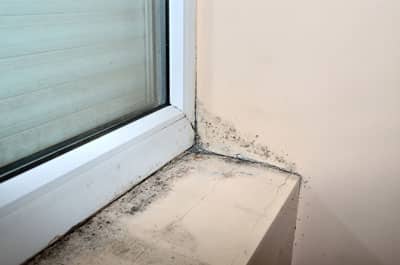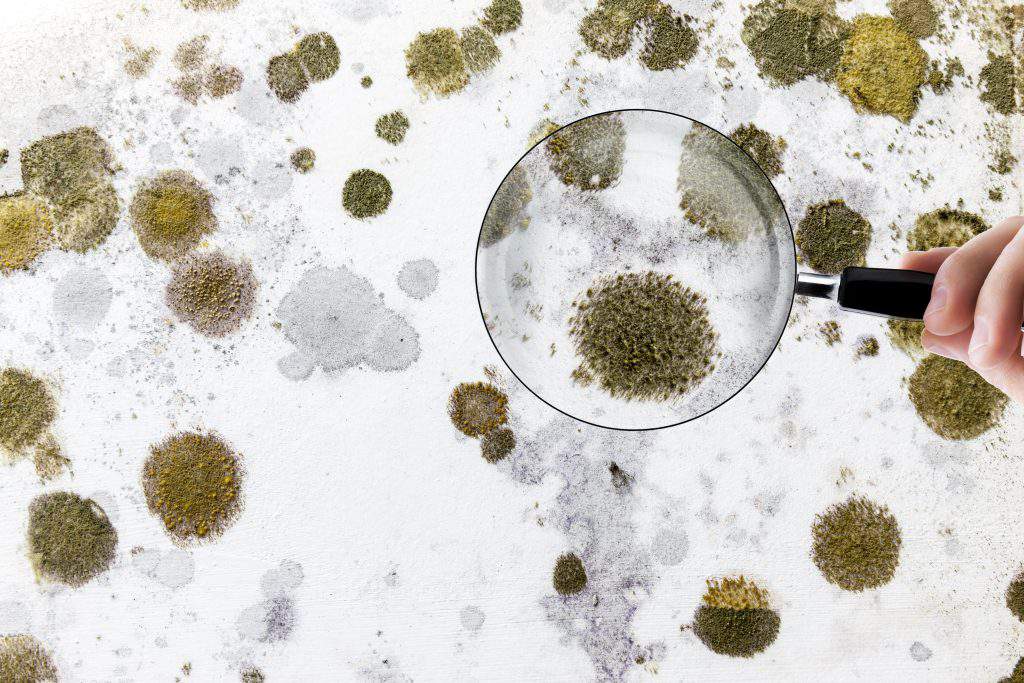Your Ultimate Guide to Message Mold Removal Techniques
In the after-effects of mold problem, understanding just how to efficiently get rid of the mold and mildew and prevent its reoccurrence is vital for keeping a healthy and balanced interior setting. From picking the right cleansing and decontaminating methods to implementing methods for lasting mold avoidance, each step in the removal trip plays an essential duty in ensuring an effective end result.
Comprehending Post-Mold Remediation Process
After finishing the mold remediation procedure, it is crucial to comprehend the post-mold remediation methods that are necessary to make certain a reliable and complete cleanup. When the mold has been eliminated, the following step entails cleansing and disinfecting the affected areas to prevent any type of regrowth of mold. This consists of utilizing specialized cleaning up representatives to wipe down surfaces and eliminate any remaining mold and mildew spores. It is vital to dry the location completely to prevent the growth of mold in the future (Post Mold Remediation). Proper air flow and dehumidification can aid in this process.
Furthermore, performing a last assessment post-remediation is crucial to guarantee that all mold has been successfully gotten rid of. If the evaluation exposes any remaining mold and mildew, additional remediation might be required.
Reliable Cleansing and Sanitizing Techniques

Preventing Future Mold Development

Significance of Proper Air Flow
Appropriate ventilation plays a vital function in avoiding moisture accumulation, a crucial aspect in mold and mildew growth within interior environments. Reliable ventilation systems assist remove excess moisture from the air, reducing the opportunities of mold spores locating the wetness they need to sprout and spread. Without sufficient air flow, indoor rooms can end up being a breeding place for mold, leading to potential health risks and structural damage.
By making sure proper air blood circulation, ventilation systems can likewise assist in drying out damp locations faster after water damage or flooding occurrences, even more discouraging mold and mildew development. what to do after mold remediation. Precede like shower rooms, basements, kitchens, and attics where moisture levels often tend to be higher, setting up and preserving efficient air flow systems is vital in avoiding mold invasions

Tracking and Maintenance Tips
Given the essential function that correct air flow plays in protecting against mold growth, it is vital to develop efficient monitoring and upkeep suggestions to ensure the ongoing capability of air flow systems. Regular examinations of ventilation systems must be conducted to look for any kind of indications of clogs, leaks, or breakdowns that might impede correct airflow. Tracking moisture levels within the home is additionally important, as high moisture can add to mold and mildew growth. Mounting a hygrometer can help track humidity degrees and sharp home owners to any type of spikes that might require interest. Additionally, making sure that air filters are on a regular basis cleaned or replaced is necessary for maintaining the effectiveness of the ventilation system. Applying a schedule for routine maintenance jobs, such as air duct cleansing and HVAC system assessments, can aid avoid problems before they rise. By staying proactive and alert to the problem of ventilation systems, building owners can effectively reduce the danger of mold regrowth and preserve a healthy and balanced interior atmosphere.
Conclusion
Finally, post-mold removal techniques are important for guaranteeing a risk-free and clean setting. Comprehending the process, applying effective cleansing and decontaminating techniques, preventing future mold and mildew growth, keeping linked here correct ventilation, and normal tracking are all essential steps in the remediation procedure. By complying with these guidelines, you can successfully remove mold and avoid its return, functioning or promoting a healthy living space for all owners.
In the results of mold invasion, knowing just how to successfully eradicate the mold and mildew and stop its reoccurrence is vital for maintaining a healthy indoor atmosphere. As soon as the mold has actually been removed, the following action involves cleaning and disinfecting the impacted locations to protect against any type of regrowth of mold and mildew - Post Mold Remediation. After eliminating noticeable mold growth, it is vital to clean all surfaces in the affected area to get rid of any staying mold and mildew spores. To better enhance mold prevention actions, it is crucial to address underlying problems that at first led to mold and mildew advancement.Offered the critical role that proper ventilation plays in stopping mold development, it is critical to develop efficient surveillance and upkeep suggestions to make certain the ongoing performance of ventilation systems